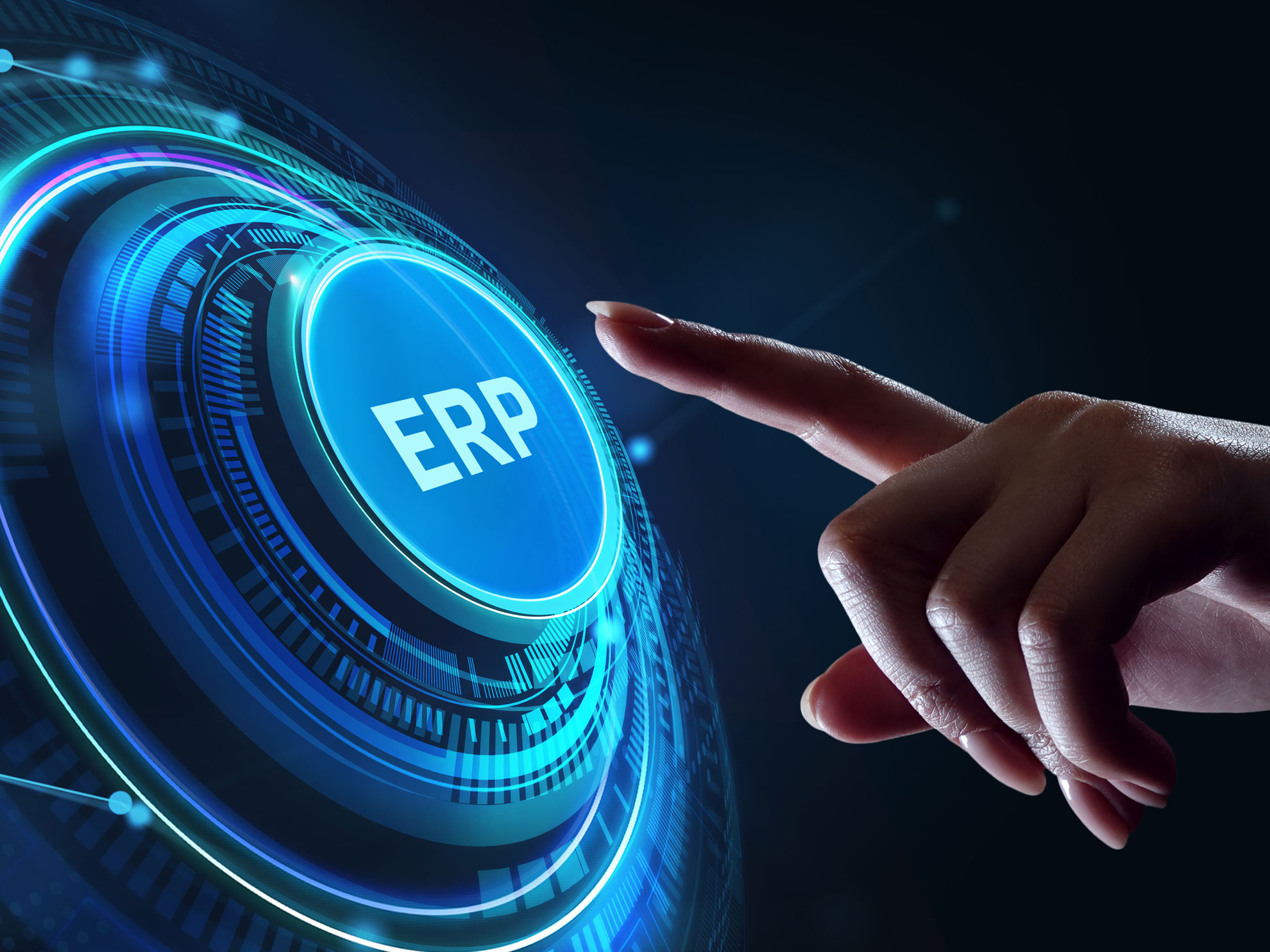It’s no surprise: small and medium-sized businesses are the backbone of the economy. Following the requirements relating to the number of employees, turnover and balance sheet assets as defined by the European Commission, we are talking about 148,531 SMBs in Italy, for example, of which 123,495 are small businesses, while 25,036 are medium-sized businesses. In all, this universe employs about 4 million people, with a turnover that, according to the Cerved SMB Report, is around 886 billion Euro. When we talk about business digitization, therefore, we are referring primarily to the SMB digitization. But what point have small and medium-sized businesses reached in this important process? And which digital solutions should they turn to?
Digitalization of Italian SMBs
To define the level of digitalization of Italian SMBs, it doesn’t help to compare SMB progress to that of large nor micro businesses but to that of other European SMBs. It is interesting to find out that according to the results of the DESI (Digital Economy and Society Index), the index required by the European Commission and annually updated, the level of digitization of Italian SMBs is below the European community average. There are many factors taken into consideration to draw up the index, divided into 5 different areas, such as connectivity, human capital, digital public services, the integration of digital technologies and the use of the Internet. It is not surprising, therefore, that the role of state incentives to accelerate the digitalization of businesses is extremely important, as we will see shortly. It is obviously essential, in any case, to be able to count on the best digital technologies: but what are the most effective solutions for SMBs?
The importance of choosing digital integrated systems
There is no doubt: cloud technologies are the key to companies to progress in the digitization process. But that’s not all: SMBs cannot be satisfied with standardized solutions, which are therefore the same for the various product sectors and for the most diverse needs. Think of what ERP management software is, meaning the system that integrates all the programs and modules necessary to efficiently support the management of company resources: how can the same ERP be used satisfactorily in both Food & Beverage and in manufacturing?
In this regard, it is also necessary for SMBs to be able to have an ERP designed for a cloud scenario which can be quickly and easily customized thanks to extremely accentuated basic flexibility and which can therefore promptly meet the needs of over 60 different sectors.
Thanks to this type of integrated system, SMBs can quickly reap the most valuable benefits of digitalization without trauma, while also saving on the costs of maintaining an internal IT infrastructure.
Incentives for SMB digitization
We must not forget the aid made available to speed up business digitization, meaning the famous vouchers, included in the investment plans for small and medium-sized businesses since 2014. Vouchers for digitization represent an aid up to a maximum of 10,000 Euro to technologically update businesses, purchase hardware and IT applications, such as management software, and pay for any staff training costs.




